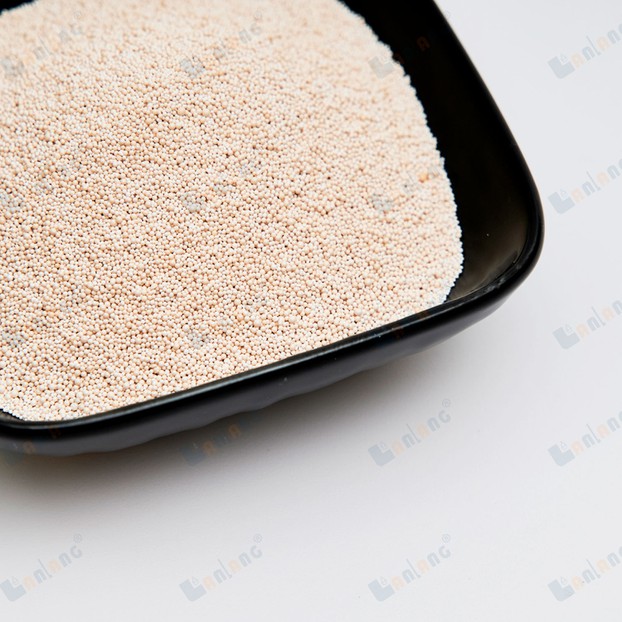
Chelating resin is a kind of cross-linked functional polymer material which can form multiple coordination complexes with metal ions. The mechanism of chelating resin adsorbing metal ions is that the functional atoms on the resin react with metal ions to form a stable structure similar to small molecular chelates.
The mechanism of adsorption of subexchange resin is electrostatic. Therefore, compared with ion exchange resin, chelate resin has stronger binding force and higher selectivity with metal ions, and can be widely used in the recovery and separation of various metal ions, the separation of amino acids, hydrometallurgy and public hazard prevention.
Component structure
Chelating resins are polymer compounds that can selectively chelate specific metal ions from a solution containing metal ions in the form of ionic or coordination bonds. The resin has a cross-linked polymer (e.g., styrene/divinylbenzene resin) as a skeleton and is linked with special functional groups Constitute. It is a functional polymer.
Chelating resins are generally prepared by polymer chemical reaction, and monomers containing ligands can also be polymerized or copolymerized into resins containing ligands in the main chain or side chain of the polymer.
Application field
Chelating resin has a wide range of applications in hydrometallurgy, analytical chemistry, Marine chemistry, pharmaceuticals, environmental protection, geochemistry, radiochemistry and catalysis. In addition to being a metal ion chelating agent, it can also be used for oxidation, reduction, hydrolysis, alkene addition polymerization, oxygen.



